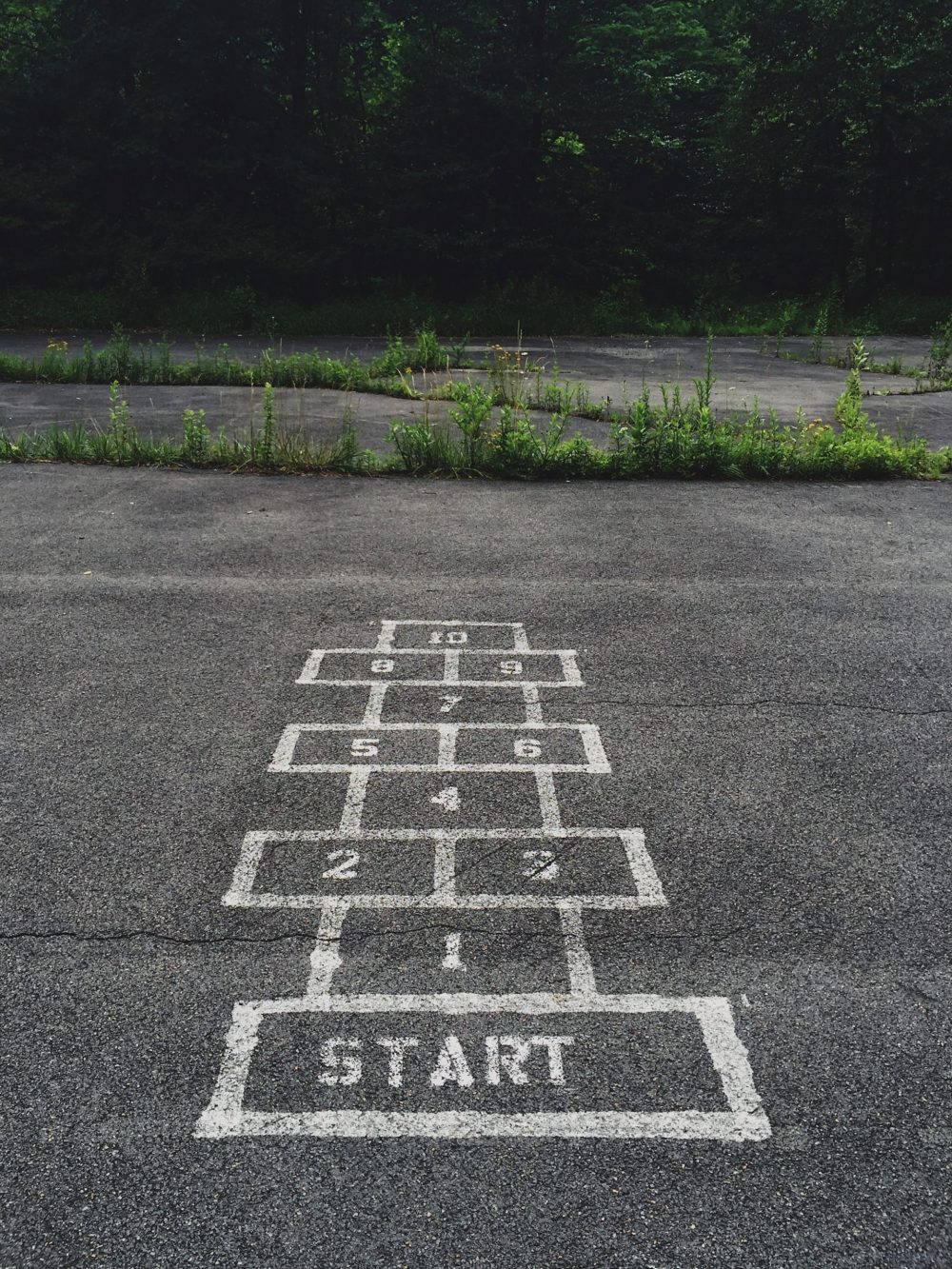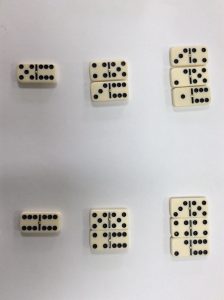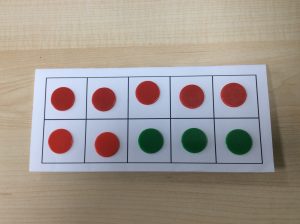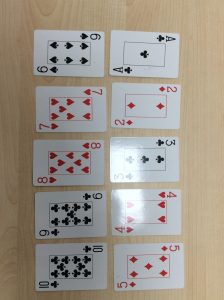
June 22, 2022, by Rupert Knight
Supporting learners with dyscalculia and maths difficulties in the primary classroom
In this blog, Natalie Kerslake from Windmill LEAD Academy in Nottingham explores how she first became interested in supporting children with dyscalculia and maths difficulties, before discussing how they can be supported in the primary classroom.
I recently had the pleasure of visiting the University of Nottingham, to deliver sessions to the Primary PGCE and PGCE School Direct students, focusing on dyscalculia and maths difficulties. Personally, I became interested in learning more about dyscalculia after supporting a child in my first post in school. I did not know anything about dyscalculia myself at the time and not much was available to support teachers and children in this area. I wanted to investigate the current situation as to supporting children with dyscalculia and see whether this was the case in another school.
My MA Ed dissertation looked at how can teachers and teaching assistants effectively support with dyscalculia in one primary school. My study found that more awareness and training need to be provided for teachers and teaching assistants, to aid them in supporting children with dyscalculia, including on Initial Teacher Education (ITE) courses. This includes knowledge of what dyscalculia is, how children can be identified, along with strategies to support these children.
What is dyscalculia?
I thought I would start with outlining what dyscalculia is. I often get asked by practitioners what dyscalculia is, as it is less well-known under the specific learning difference umbrella, unlike others, such as dyslexia. Dyscalculia, according to the National Numeracy Strategy (cited by The Dylexia Association in 2020) is the “lack of ability to acquire arithmetic skills, problems in learning number facts and procedures, difficulty understanding number concepts and an intrusive grasp of numbers”. It is a specific learning difference relating to maths. It is a neurological condition that involves the parietal lobe of the brain which reduces number sense and cannot be prevented
There are many difficulties that children can face around number sense, including difficulties with rounding (such as rounding to the nearest 10), comparing different numbers – this is known as symbolic representation, remembering mathematical operations one day but forgetting them the next and not being able to estimate a group of objects.

Difference between Dyscalculia and Maths difficulties
25% of children are identified with mathematical difficulties, with around 5% of these being identified with dyscalculia (BDA, 2019)
The British Dyslexia Association and SASC (2019) explored the difference between dyscalculia and maths difficulties. They found that general mathematical difficulties contained many different factors, whereas dyscalculia focuses on difficulties with number sense, including subitising, comparing and the ordering of numbers.
This was also highlighted in my own research, where teachers could identify children with mathematical difficulties but not necessarily dyscalculia. This comes back to the lack of knowledge around dyscalculia and being able to identify the difference between a child who has general mathematical difficulties and those with dyscalculia.
Dyslexia and Dyscalculia
According to Butterworth and Yeo (2004 cited in Hannell, 2013, p.5) “between 20-60% of pupils have both dyslexia and dyscalculia”. Children with dyslexia and dyscalculia have difficulties with the processing and retrieval of information. This includes losing track of direction when reading and copying information.
However, although dyslexia and dyscalculia have similar features, more is known about dyslexia than dyscalculia as is seen in the relative numbers of research articles.
Memory and Processing
The role of memory and how children process information is an important one. This is in terms of how children are able to process and understand what is being taught, as well as retrieving this information when needed.
This is where the role of the different parts of memory is involved. When remembering information for a brief time, such as writing down a phone number, it is kept in the working memory or short-term memory until no longer required. Alternatively, information that needs to be remembered over a longer period, such as remembering times tables’ facts and procedures, is transferred into the long-term memory.
Children with dyscalculia have difficulties in being able to remember information such as times table facts, as well as remembering the different steps in solving word problems, impacting on both their working/short term and longer-term memory. Strategies will then need to be put in place to improve the memory functions of these learners, in order for them to enhance their mathematical skills further, such as the use of visualisation and reducing cognitive load.
Number Sense and Subitising
Number sense involves understanding how number can be composed and partitioned in different ways. Concrete resources, such as the tens frame and 2 sided counters or the use of the part-part-whole model, can be used to develop children’s number sense. For example, the number 7 can be made in eight different ways – 7 and 0, 6 and 1, 5 and 2, 4 and 3, 3 and 4, 2 and 5, 1 and 6 and 0 and 7. Therefore, children need lots of opportunities to develop their number sense both in the concrete form but also pictorially, as this will allow children to make connections and patterns between different numbers.

There are 45 sight facts which children need to learn. This includes all number bonds up to and including 10.
Subitising is all about children instinctively knowing how many objects are presented in front of them without having to count them. There are two aspects of subitising – perceptual subitising for items up to 5 and then conceptual subitising for larger numbers. This is where children can use their partitioning skills in being to identify larger amounts through subitising.
Identification and Assessment
There are various ways in which children with dyscalculia and mathematical difficulties can be identified and assessed, through using checklists, screeners, and observations. However, these can only give an indicator of whether a child may have dyscalculia or mathematical difficulties and would have to be assessed by either an Educational Psychologist or a Level 7 Qualified Assessor for Dyscalculia.
Checklists
There are several checklists around which enable practitioners to help identify children with dyscalculia and maths difficulties, including one from the Dyscalculia Network. For this blog, I am going to discuss one in particular that I have used in school.
Dyscalculia and Maths Learning Difficulties – Steve Chinn: This checklist looks at 39 different statements with which children with dyscalculia and mathematical difficulties may struggle. Each statement is based on a ranking scale of between one and three – with one not happening very often and three always happening. Once all of the statements in the checklist have been completed, the ranking from each statement is then added up to give a total. It will not give you a diagnosis of dyscalculia but the higher the score, the more difficulties the child faces with maths. It will, however, highlight what difficulties that child may face with mathematics and interventions and strategies can then be put in place to support the child effectively with their learning.
Screeners
There are a variety of screeners available for practitioners to use, which are either to tap into underlying cognitive issues or that focus on teaching solutions and identify the maths difficulties that are occurring. They include Dynamo Maths and the GL Dyscalculia Screener.
Role of observations
As well as the role of checklists and screeners, observations also play a role in identifying where learners’ difficulties are occurring.
Strategies to use to support children in the classroom
There are many different strategies that can be used to support children with dyscalculia and mathematical difficulties in the classroom, which include using real life concepts in word problems, using flashcards during intervention sessions, displaying key information on working walls (such as mathematical language) and allowing for extra time to complete any task. Below, I discuss some of the main strategies to use with children in the classroom
Use of concrete and pictorial resources
Concrete and pictorial resources allow the child to see the mathematical problem visually, which helps children with dyscalculia and mathematical difficulties to understand the question being asked. It also enables children to use concrete materials as the first part of the Concrete, Pictorial and Abstract approach, commonly referred to as the CPA approach.
Examples of concrete resources used in the classroom include Base 10, Numicon and Cuisenaire rods.
![]()
What is important here is that all children, not just those with dyscalculia and mathematical difficulties, are given the opportunity to explore ideas using concrete manipulatives before moving onto using pictorial representation and then in the abstract form.
Dot/Dice pattern
As discussed earlier, subitising plays a vital role in being able to instinctively know how many objects there are without having to count them in one-to-one correspondence. Therefore, the role of the dot and dice pattern enables children to build up this knowledge, through memorising visually how numbers can be composed and partitioned. This cannot be done instinctively.
Children with dyscalculia and mathematical difficulties need to learn the dot/dice pattern for the number 1-6 before extending this to 10. Steve Chinn builds the pattern with a 5 pattern. For example, using the 5 pattern and the extra 2 to make 7, as it links back to counting in the 5 times table.
Activities such as those on Maths Bot: subitising and White Rose Maths 1 minute app, which have a variety of representations to enhance subitising skills, as well as using dominos and playing cards, will enable children to develop knowledge of the dot and dice pattern and subsequently enhance their number sense and subitising skills.
There are also books available that support the development of the dot and dice pattern – including the website Spot on with Numbers and a book called Deep Sense of Number: Starting with Dots by Handyside and Langford (2021)
Times Tables
Chinn (2007 cited in Holliman 2014) states that children do not need to know all of their times tables but only their 1s, 2s, 5s and 10s. From only knowing these four tables, children are able to use these known facts to then work out other derived facts, for example the 7 times tables, by using their knowledge of 5s and 2s. This allows children to be able to recall their times tables more quickly, easing any capacity on the working and long-term memory. It will also ease any anxiety and difficulties that learners may face in the recall and retention of learning times tables.
Use of games
One strategy that could be used to overcome difficulties faced with number processing, memory, and arithmetic is the use of games. These can either be ‘traditional’ games (such as snakes and ladders, snap, using dominos and playing cards) or online games such as Top Marks: Hit the Button and Times Table Rock Stars.
Games such as Snakes and Ladders enable children to develop their tracking skills, through being able to identify the direction that they need to move around the board.

Dominos and playing cards can be used to develop children’s number sense, through being able to identify how a particular number could be made. Children can be given a particular number and asked how that number is composed and partitioned.
Flashcards/Revision Cards and use of Mathematical language
The use of flashcards/revision cards allow children to build up their knowledge of different mathematical concepts and revise them at the start of each intervention session. Concepts such as number bonds, mathematical vocabulary or other facts can be included, with the question or concept on one side and the answer on one side. These revision cards can be built up over several sessions and included until children have shown a secure understanding of concepts. This will enable children to transfer this knowledge from their short term to long term memory.
It is also important that mathematical language is included on working walls in the classroom. I also have a vocabulary section on the board in class, which allow children to see the vocabulary needed in that particular lesson. These can also be added to revision packs and revised where necessary.
Visual and auditory memory activities
The role of visual and auditory memory enables children to build up knowledge of concepts – such as sequencing and pattern generating.
Activities that aid visual memory include:
1. Laying out cards 1-9 in a semi-circle and asking the child to close their eyes. Remove two or three cards and ask them to identify which cards have been removed. The key here is to enable the child to remember the positioning of each card, rather than counting in order from 1-9, to work out which cards are missing. This can be extended to include a distraction/time delay or having the cards in reverse order.
2. Pattern spotting – this can be with numbers, shapes, or colours. Can the child spot which one would come next, or which one is missing within the sequence?
3. Having a tray of items – this can be varied depending on the child. Ask the child to name all of the items on the tray before closing their eyes. Can the child identify which item or items have been removed?
Activities that aid auditory memory include:
1. Asking the child to remember a sequence of numbers – start with two-digit numbers and gradually build up. Can the child remember and repeat back the numbers presented?
2. Reading out a sequence of numbers, shapes or colours – can they identify what would come next? This could be expended by increasing the number of items or including a distraction or time delay.
3. I went to the shop and bought: an apple, a banana… This is where items would be added on each time – can the children remember all of the items bought?
Using different colours to help children understand mathematical concepts
Underlining addition, subtraction, multiplication, and division questions in a different colour will help children with dyscalculia. This is because the use of colours helps children to distinguish between the different questions and helps them to identify what is being asked in each question.
I have found that using different colours also helps in other aspects of mathematical learning, including for those with dyscalculia. This includes using two different colours/two sided counters to represent number bonds to 10 and 20 – using cubes, two sided counters and ten frames.
Intervention programmes
There are several intervention programmes that can be used to support children with dyscalculia. They include:
• Dynamo Maths offer both an assessment and intervention program to support children with mathematical difficulties, including dyscalculia. The assessment provides teachers with specific information to inform them on the areas where children with dyscalculia have difficulty.
• Five Minute Number Box also offers a multi- sensory intervention program focused on supporting children with dyscalculia.
• Plus One, Power of 2, Perform with Time and Times table books which offer daily repetitive practice around mathematical concepts to support these children.
Thank you for taking the time to read this blog. I hope it has given an insight into supporting children with dyscalculia and mathematical difficulties in the primary classroom
References
Handyside, C. Langford. L (2021) A Deep Sense of Number Starting with Dots, Derby, Association of Teachers in Mathematics
Hannell, G (2013) Dyscalculia: action plans for successful learning in mathematics, 2nd Edition, London: Routledge
Holliman, A. (2014) The Routledge international companion to educational psychology, Abingdon: Routledge
No comments yet, fill out a comment to be the first

Leave a Reply